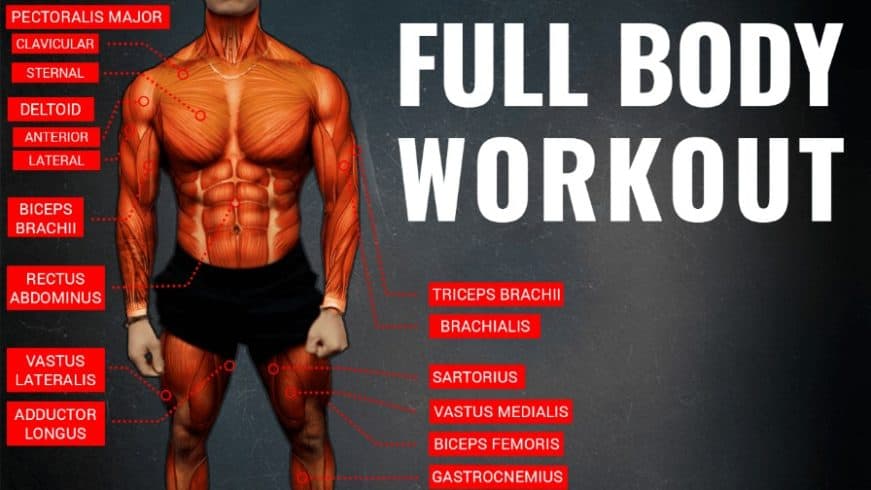


However, some people prefer to prepare their bodies for real-life activities, so they focus on functional fitness or functional strength.Īdditionally, maximal strength refers to your ability to lift a heavy weight for one repetition, but there are also other types of strength.įor example, relative strength describes how much force you can generate per unit of bodyweight - such as how many pull-ups you can perform, or a double bodyweight deadlift.Īnd in the fitness world, there are fantastic examples of individuals that exemplify each quality: One way of gauging strength is by testing your ability to lift heavy weights in the gym. On the other hand, strength training focuses on increasing your physical strength, which you can measure by the amount of force you can exert on a physical object. In other words, when you see the word “hypertrophy” in a fitness context, it typically means getting bigger, bulking up, or building muscle. And although scientists also use it to describe other types of growth, today we’re only looking at muscular growth. Hypertrophy (pronounced hai-PER-truh-fee) is a technical term that refers to the growth of tissues in your body. Strength Training: What’s the Difference?

Hypertrophy: How to Choose (And Where to Begin) How to Use Strength and Hypertrophy Training.


 0 kommentar(er)
0 kommentar(er)
